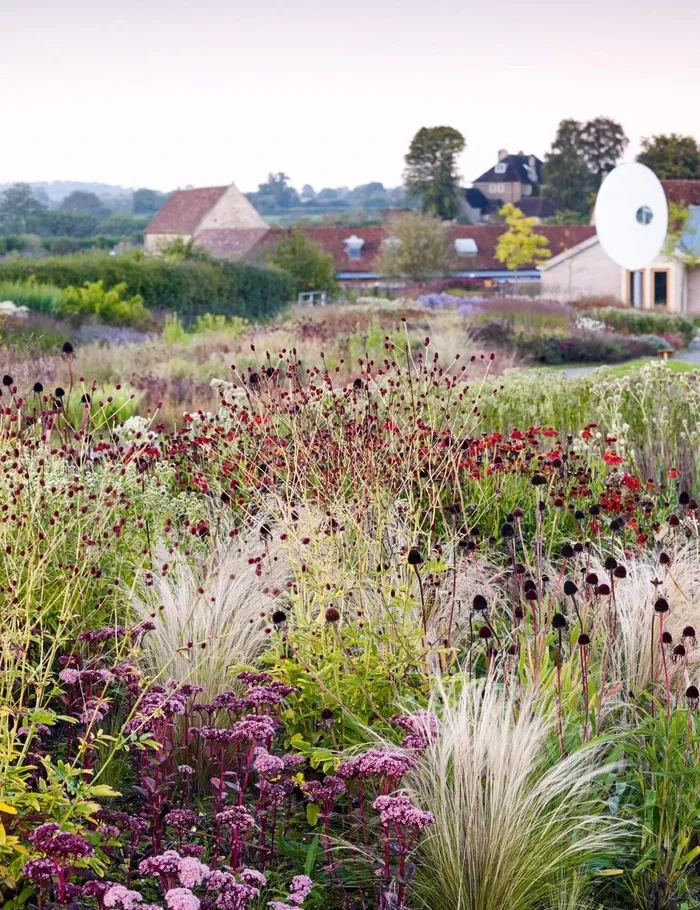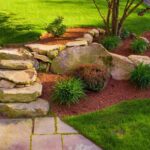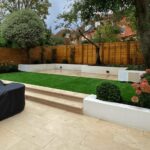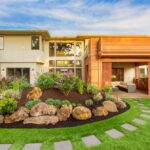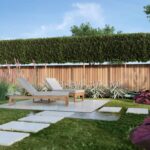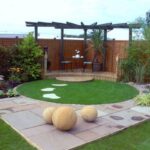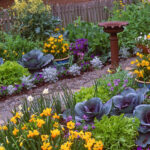Garden landscaping is a popular practice among homeowners who want to enhance the beauty and functionality of their outdoor spaces. It involves designing and creating a visually appealing and functional garden through the use of various elements such as plants, hardscapes, and outdoor furniture. By incorporating these elements, garden landscaping can transform a dull and uninspiring garden into a vibrant and inviting outdoor oasis.
One of the key aspects of garden landscaping is the careful selection of plants. Plants are not only aesthetically pleasing, but they also serve a functional purpose in the garden. Different plants can be used to create different effects, such as adding color, texture, or fragrance to the garden. It is important to consider factors such as the climate, sunlight exposure, and soil conditions when choosing plants for landscaping to ensure they thrive in their environment.
In addition to plants, hardscapes play an important role in garden landscaping. Hardscapes refer to elements such as pathways, patios, retaining walls, and water features that add structure and functionality to the garden. Hardscapes can define different areas of the garden, create focal points, and provide opportunities for outdoor entertaining and relaxation. When designing hardscapes, it is important to consider factors such as scale, proportion, and materials to ensure they complement the overall design of the garden.
Outdoor furniture and accessories are another important aspect of garden landscaping. These elements can enhance the functionality and comfort of the garden, allowing homeowners to relax, entertain, and enjoy their outdoor space. From seating areas to outdoor kitchens to fire pits, there are countless options for incorporating furniture and accessories into garden landscaping. It is important to choose pieces that are durable, weather-resistant, and comfortable to ensure they withstand the elements and provide years of enjoyment.
The layout and design of a garden can have a significant impact on its overall appearance and functionality. By carefully planning the placement of plants, hardscapes, and furniture, homeowners can create a garden that is not only visually appealing but also functional and practical. Factors such as traffic flow, sightlines, and focal points should be considered when designing the layout of a garden to ensure it meets the needs and preferences of the homeowner.
Ultimately, garden landscaping is a creative and rewarding process that allows homeowners to express their personal style and create an outdoor space that reflects their lifestyle. Whether it’s incorporating a variety of plants, adding hardscapes, or selecting the perfect furniture and accessories, garden landscaping can transform a boring garden into a beautiful and functional oasis. With proper planning, design, and maintenance, homeowners can enjoy a stunning garden that brings joy and tranquility for years to come.
